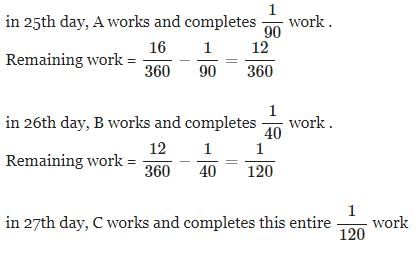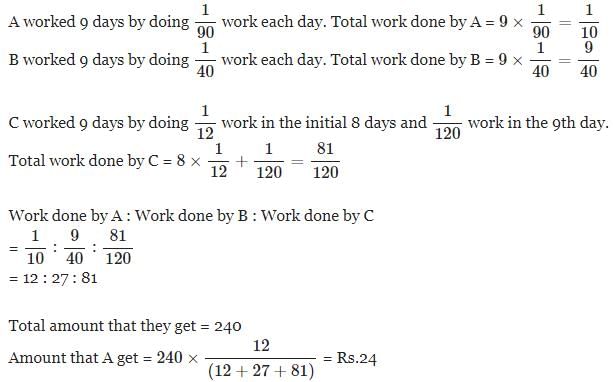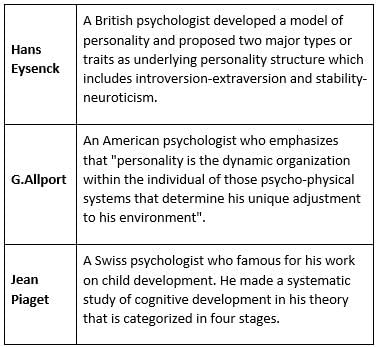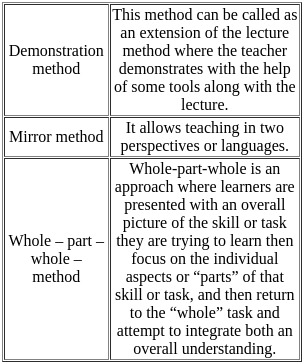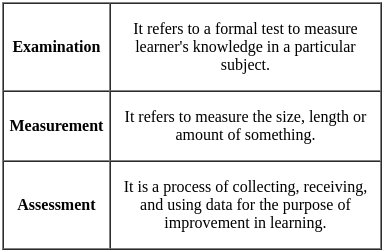Uttarakhand D.El.Ed Mock Test - 7 - UTET MCQ
30 Questions MCQ Test Uttarakhand D.El.Ed Mock Test Series 2025 - Uttarakhand D.El.Ed Mock Test - 7
Which Article of the Indian Constitution deals with Fundamental Duties?
What does airbag, used in safety of car driver, contain?
If a mirror is placed on the line MN, then which of the answer figures is the right image of the given figure.
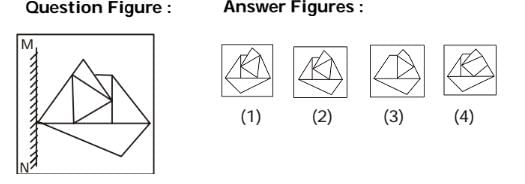
Rohan starts for morning walk towards west. He walks 1 km, then turns left and walks 600m, then turns left and walks 1.3km, again he turns right and walks 600m further. In which direction is he moving now?
Statements: All the phones are scales. All the scales are calculators.
Conclusions:
- All the calculators are scales.
- All the phones are calculators
- All the scales are phones.
- Some calculators are phones.
Directions: Each of the following consists of a question and two statements numbered I and II given below it. You have to decide whether the data provided in the statements are sufficient to answer the question.
Among five persons – A, B, C, D and E each one of different weight, who is the heaviest?
Statement I: B is heavier than C and D but lighter than E, who is not the heaviest.
Statement II: E is heavier than B and C but lighter than A.
Directions: Each of the following consists of a question and two statements numbered I and II given below it. You have to decide whether the data provided in the statements are sufficient to answer the question:
Find the exact middle letter of the 5-letter meaningful word?
Statement I: The first and fourth letter of the word is ‘C’. The second letter of the word is a vowel. The word ends with a consonant that appears before M as per English alphabetical series.
Statement II: Only one vowel is used, which comes before G as per English alphabetical series. Only one letter is placed between T and H.
If VICTORY is coded as YLFWRUB, then how can SUCCESS be coded?
Direction: Study the following information carefully and answer the below questions
In a family of seven members, there are two married couples. Nobody has any grandchildren. The gender of X and R are the same. V is the brother-in-law of R who is the son of K. K has two children. M is the sister-in-law of L who is the daughter-in-law of Z. X and Z area married couple. The gender of Z and K are the same.
Q. Who among the following is the mother-in-law of V?
Mohan and Suresh study in the same class. Mohan has secured more marks than Suresh in the terminal examination. Suresh’s rank is seventh from top among all the students in the class. Which of the following is definitely true?
When a positive number n is divided by 7 leaves the remainder 2, when 3n is divided by the same number, then the remainder is
Tatto, Tappo, and Bubbly were solving problems from a problem book. Each solved exactly 60 problems, but they solved only 100 problems altogether. Any problem is known as "easy" if it was solved by all of them, and "difficult" if it was solved by only one of them. What is the difference between the number of "difficult" problems and the number of "easy" problems?
The average weight of 10 men is decreased by 2 kg when one of them weighing 140 kg is replaced by another person. Find the weight of the new person.
A can do a piece of work in 90 days, B in 40 days and C in 12 days. They work for a day each in turn, i.e., first day A does it alone, second day B does it alone and 3rd day C does it alone. After that the cycle is repeated till the work is finished. They get Rs 240 for this job. If the wages are divided in proportion to the work each had done. Find the amount A will get?
Walking 6/7th of his usual speed, a man is 12 minutes too late. What is the usual time taken by him to cover that distance?
A sphere of diameter 6 cm is dropped into a right circular cylindrical vessel, partly filled with water. The diameter of the cylindrical vessel is 12 cm. If the sphere is completely submerged in water, by how much will the level of water rise in the cylindrical vessel?
Study the following pie-chart and the table and answer the questions based on them.
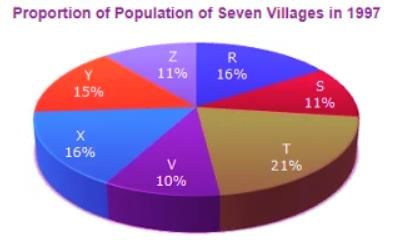
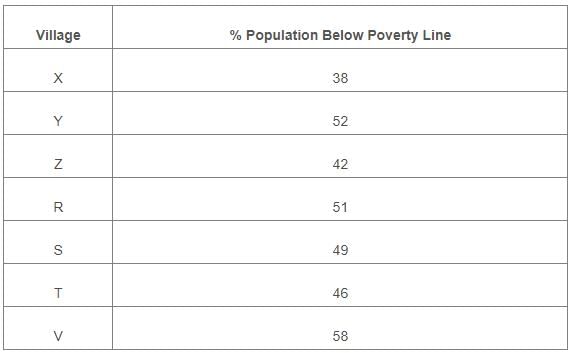
Q. If in 1999, the population of village R increase by 10% while that of village Z reduces by 5% compared to that in 1997 and the percentage of population below poverty line remains unchanged for all the villages, then find the approximate ratio of population of village R below poverty line to the ratio of population of village Z below poverty line for the year 1999.
Ganguly has a certain average for 4 innings. In the 5th inning, he scores 40 runs thereby increasing his average by 4 runs. His new average is
According to Erik Erikson, the main task of adolescence is to form a ________.
In which of the following approaches of learning and teaching, the classroom environment is democratic?
I. Learner-centered approach.
II. Constructivist approach.
III. Teacher centered approach.
What is the role of Teacher in learner-centered approach?
I. Teacher must watch the behaviour and activities of learners in and out of the classroom.
II. Teacher always need to look out for occasions to help the learners while they are engaged in learning.
Rorschach lnkblot Test, which is used for assessment of personality was developed by:
What is the name of the process of making value judgements based on quantitative/qualitative data collected over a period of time?
Given below are two statements, one labeled as Assertion (A) and the other labeled as Reason (R) :
Assertion (A) - Mother Teresa, Mahatma Gandhi, Sarvepalli Radhakrishnan, Raja Rammohun Roy, Sri Sri Ravi Shankar, and Mata Amritanandamayee have good Interpersonal Intelligence.
Reasoning (R) - Intrapersonal Intelligence is the ability to understand oneself and know one’s thoughts, emotions, feelings, motives, and desires, and how these influence their behavior.



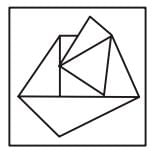
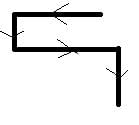
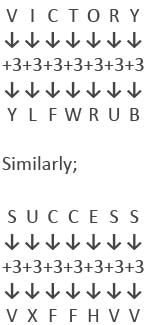

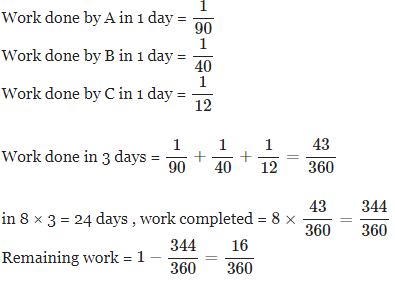 .
.